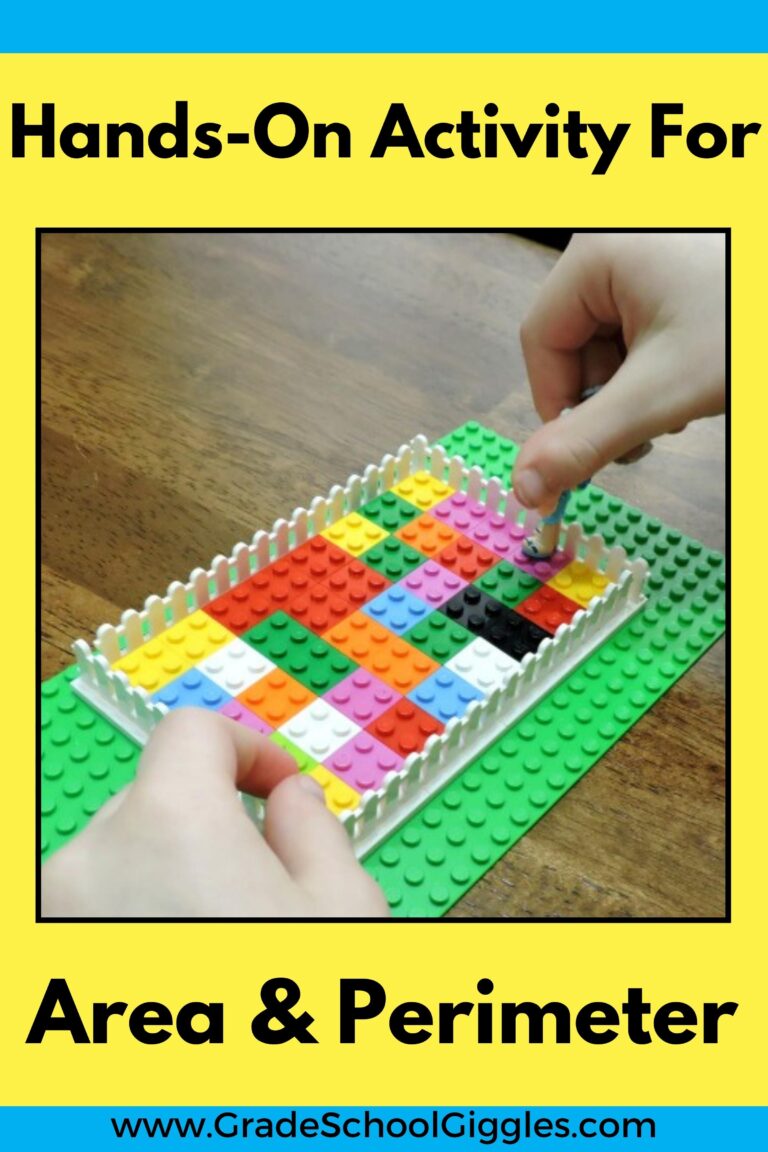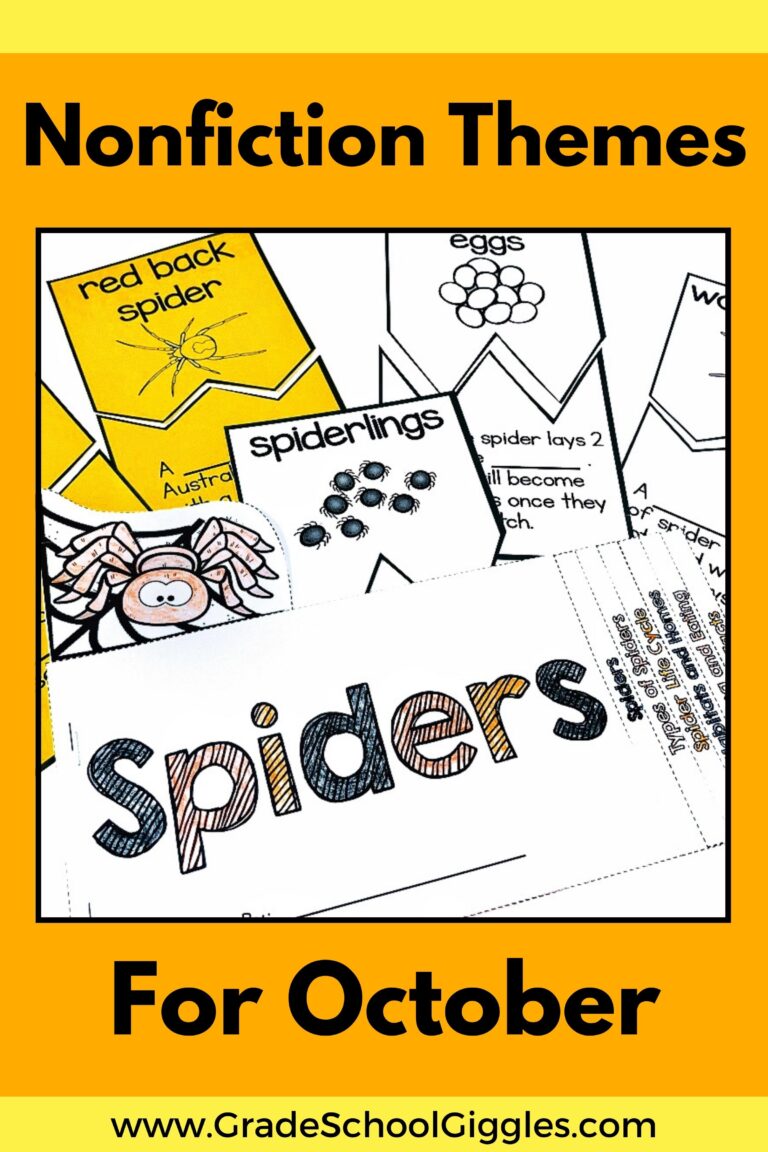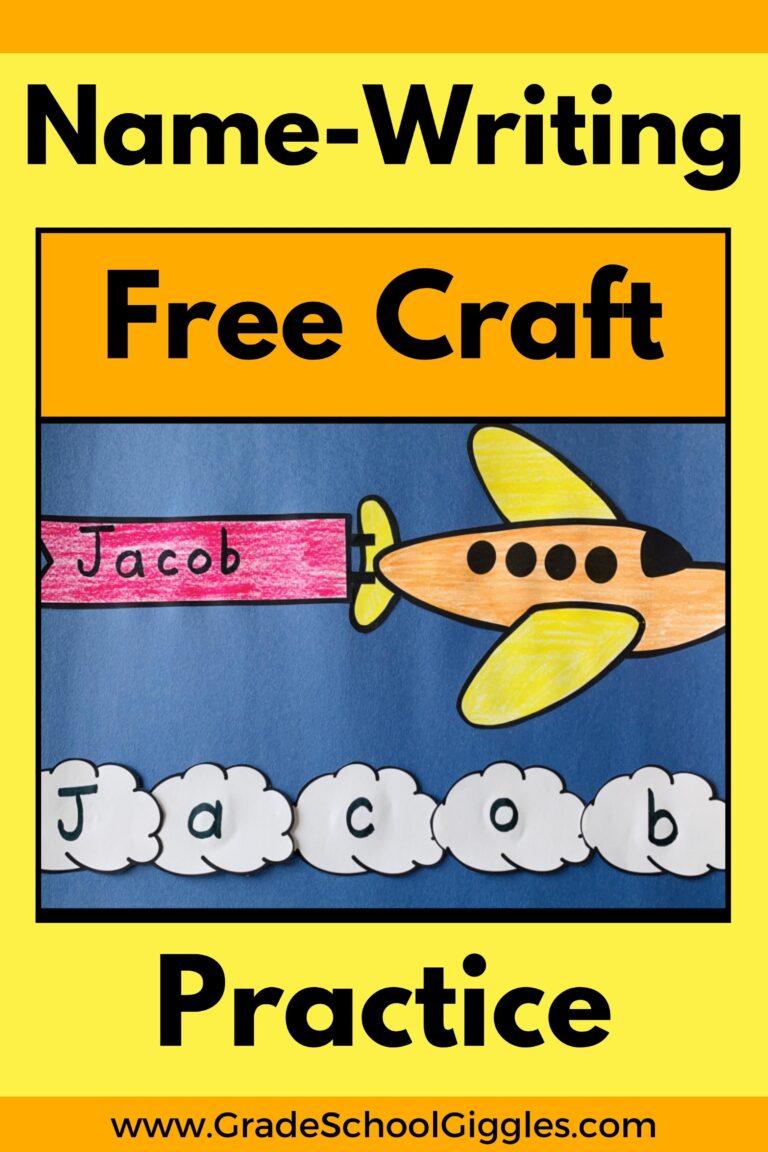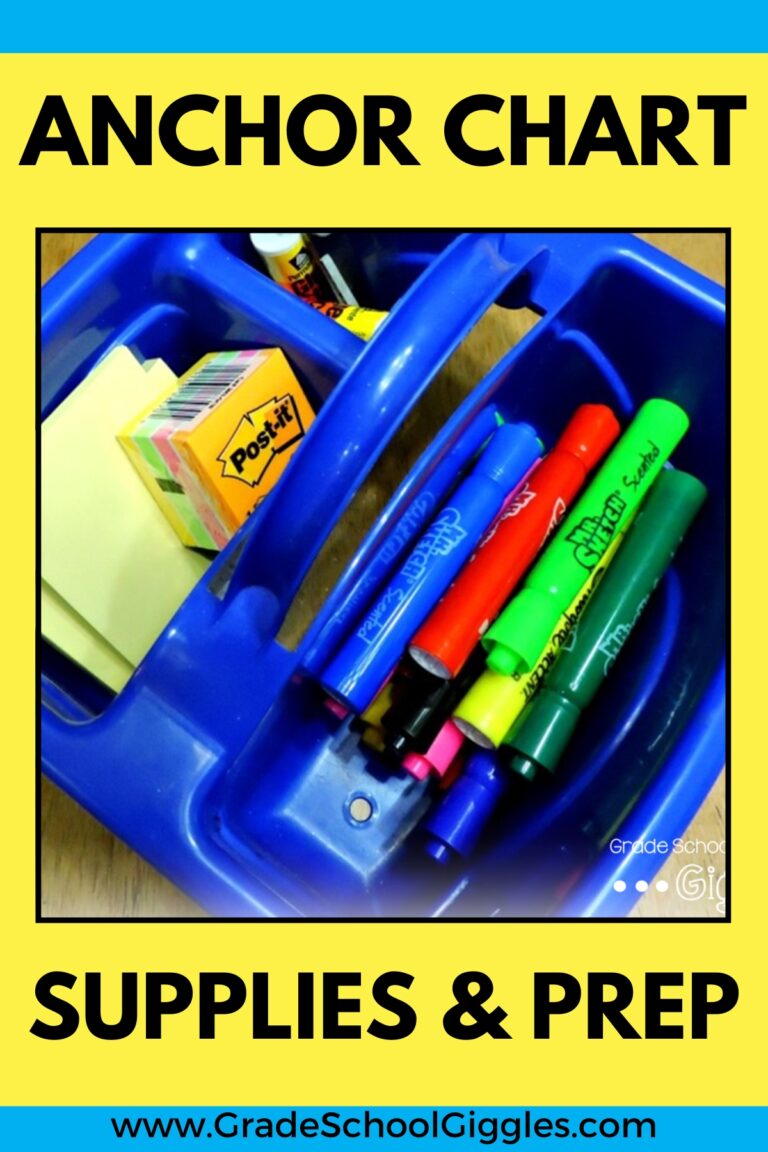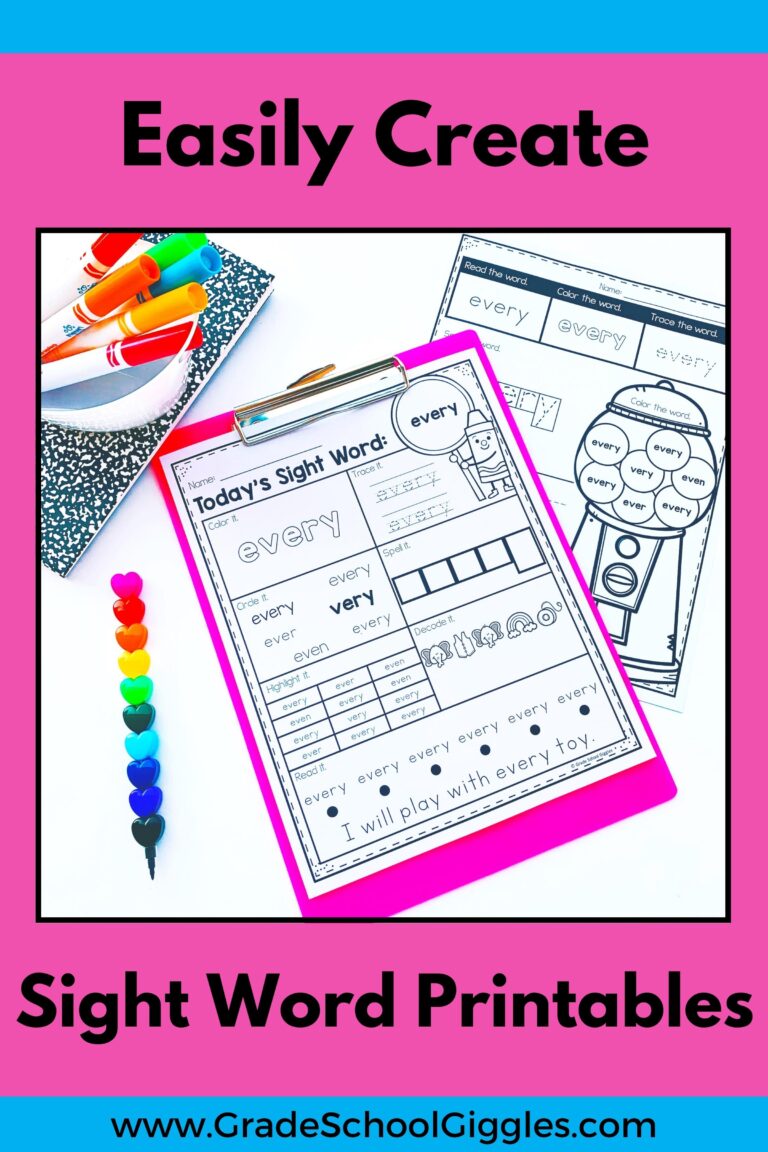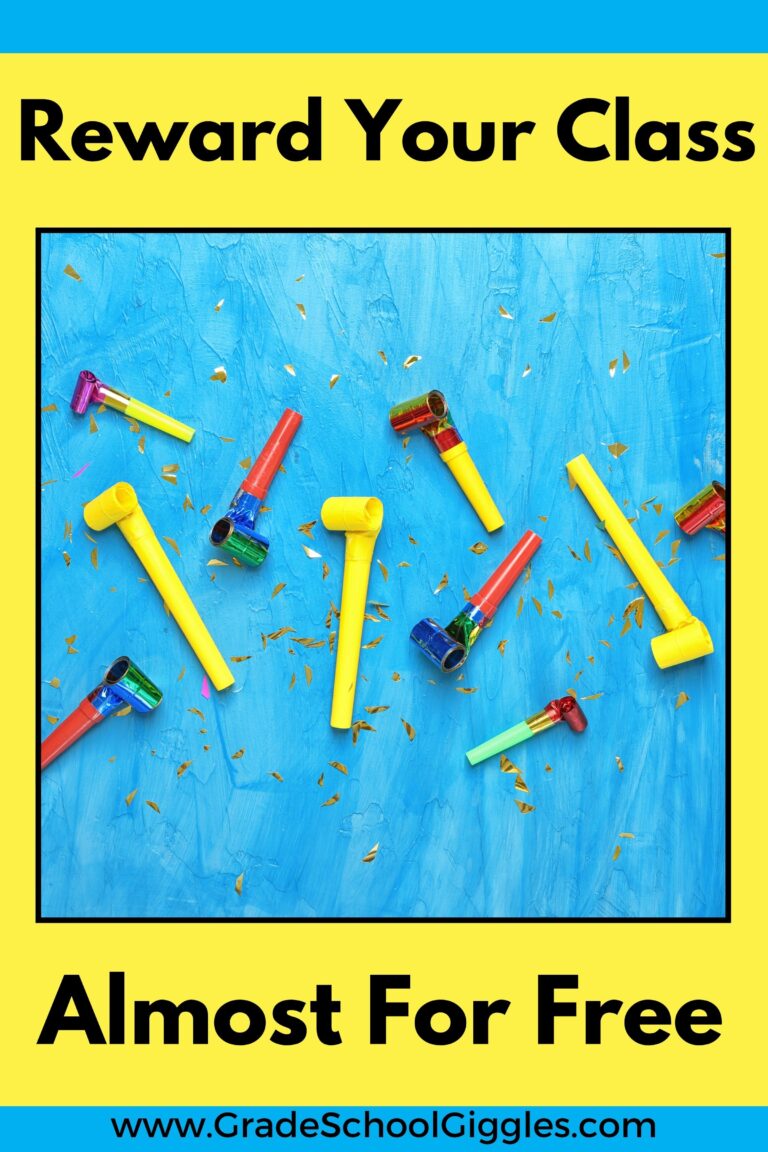5 Easy Ways You Can Start Differentiating In Your Classroom Today

“How do I teach everything I need to and teach all the levels in my classroom? There’s never enough time!”
Many teachers have told me that they’re struggling with differentiation.
Maybe you are too.
You’re up to your eyeballs in curriculum books written above grade level. You’re trying to finish your lesson plans so you can go home and relax. You know what you need to teach, but you’re struggling to find activities that will work for ALL of your students.
Differentiating can be overwhelming, time-consuming, and hard to juggle. But, it doesn’t have to be!
Start with easy ways to start differentiating.
With the right tools, differentiation can be perfectly manageable, and oh-so-worth-it to know you’re meeting the needs of all of your students.
If you’re looking for easy ways to start differentiating, here are a few simple ways to get started.
Grouping choices are an easy way to start differentiating.
One super-easy way to start differentiating is to offer your kids a choice about how they complete specific assignments. For example, after introducing a new math concept, you might tell your class that they can either complete a worksheet independently, work with a partner, or work at the small group table if they want some extra help. It’s not an option I’d use for every assignment, but it’s a great tool to have in your toolbox.

Take advantage of technology.
Another easy option is to incorporate any online programs your school district might offer. Often these programs pre-assess students and tailor the materials they work on to the skills they need. While you don’t want to over-rely on technology, it can be a helpful tool.

Collect a variety of texts for key topics.
One of my favorite ways to differentiate is to build a collection of texts at all different levels that center around core science and social studies topics.
Start with a mini-lesson to build background knowledge. Then, have students read books at their individual levels. Finally, regroup to summarize the information from the books, share text features they’ve found, or answer questions about the topic.
Make sure everyone has the opportunity to contribute by having students turn to a partner and share something interesting they learned.
Centers with multiple options are an easy way to start differentiating.
Small groups and centers are a popular way to differentiate. Center materials that have multiple levels of difficulty or cover multiple skills make it super simple to differentiate. Just swap out the materials between groups. Accountability worksheets make it easy to assess if your students understand the material, need reteaching, or are ready to move on to something else.

Seek out easily adaptable materials.
Pretests are an essential tool for differentiating, but you still have to adapt your lessons based on the results of those pretests.
Editable activities make it incredibly easy to create different versions of the same activity based on your students’ specific needs.

Although it sometimes feels like a lot to juggle, spending the time to differentiate is worth it. And while differentiation does take work, the right strategies and resources make it manageable.
Don’t try to take it all on at once. Just pick one subject or one strategy to start with. You can build on it once you’re comfortable.
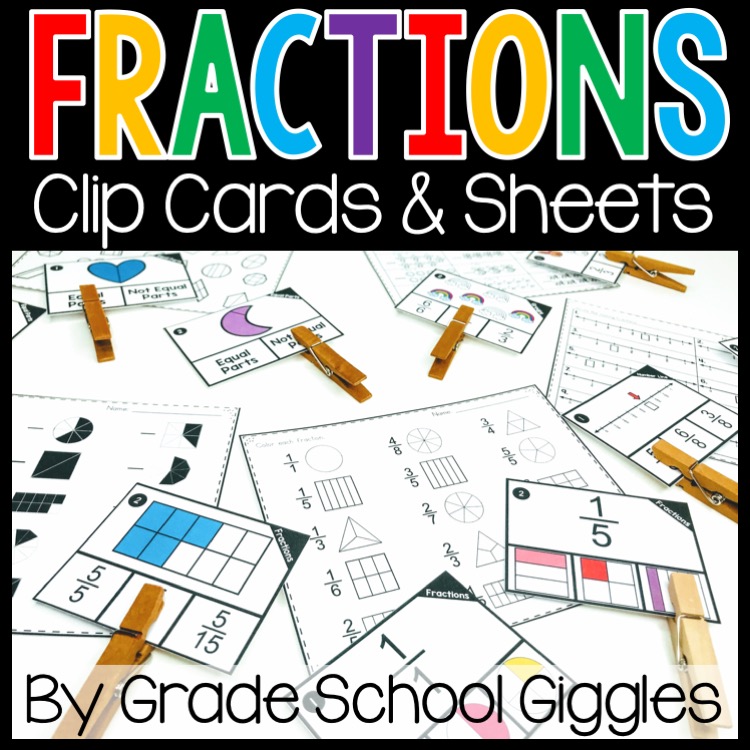
Shop This Post
These cards and worksheets make perfect center activities for students learning about fractions. They’re fun, self-checking, and they make a great independent activity.
If you found these easy ways to start differentiating helpful, be sure to check out this post for some more ways to meet the needs of all of your students.
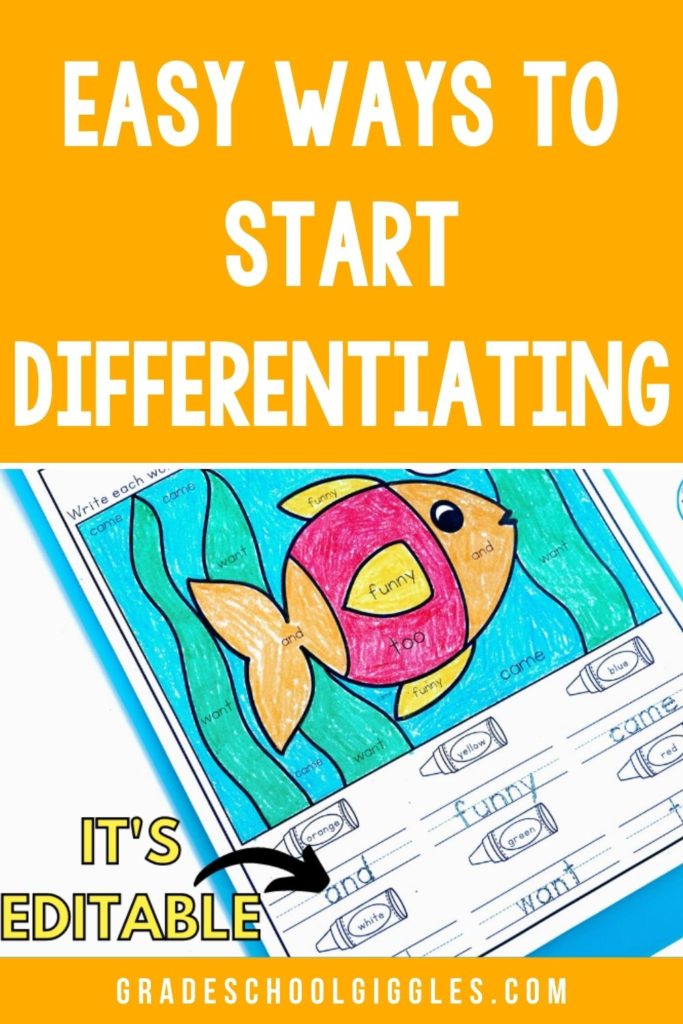
I’m not saying it won’t involve some work. I’m just telling you it’s worth it and you can do it!
